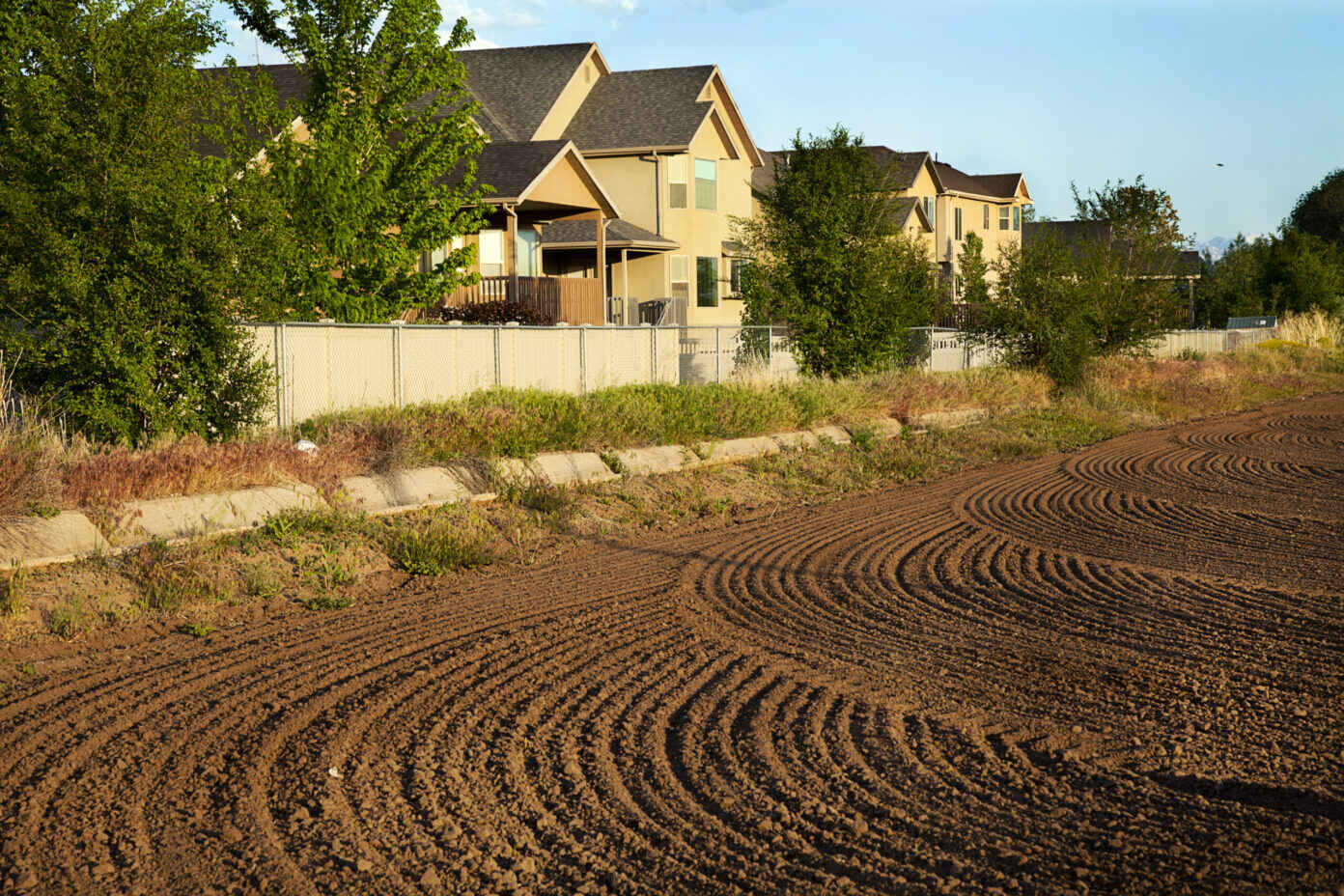Zoning Reform
November 30, 2024
Overview
The U.S. severely lacks affordable housing. According to the National Low Income Housing Coalition, there are only 36 affordable rental homes available for every 100 extremely low-income renter households in the country. As the gap between supply of and demand for affordable housing grows, the problem becomes more difficult to solve. Countless government and non-profit sponsored programs aiming to increase the supply of affordable housing have been established around the country (mortgage assistance programs, community land trusts, etc.), but for them to operate effectively, zoning laws must first allow the development of affordable housing units. This fact sheet explores zoning reform law and policy options to increase affordable housing development.




